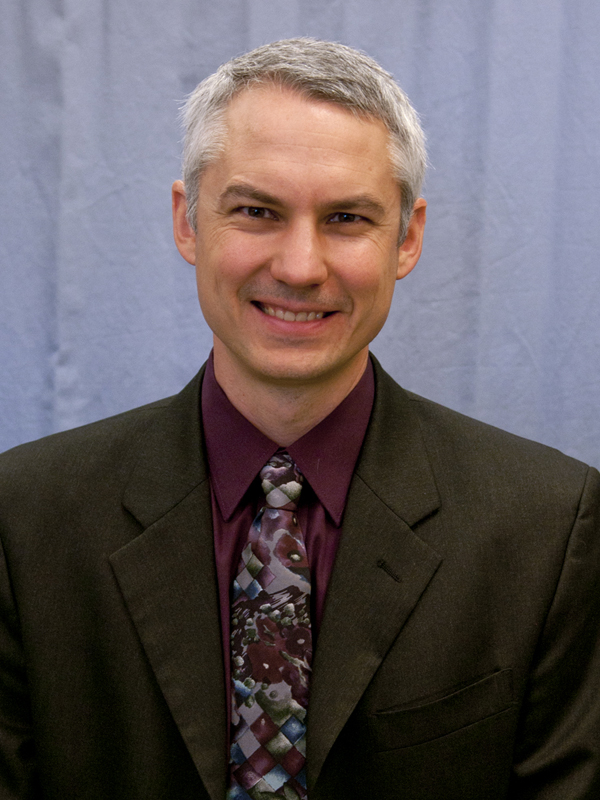School of Mechanical and Materials Engineering Seminar Series, “Cultural Brokers and Interdisciplinary Research in Engineering: the Case Study of Vitrified Hillforts” Presented by Dr. John McCloy

About the event
Cultural Brokers and Interdisciplinary Research in Engineering: the Case Study of Vitrified Hillforts
Presented by
John McCloy, Professor and Director, School of Mechanical and Materials Engineering, WSU
Abstract
Most modern problems of any societal impact require a considerable diversity of expertise in many disciplines to solve effectively. In these large interdisciplinary projects, it takes a certain type of person to manage and translate the interfaces of communication and collaboration. I learned this lesson as a young engineer doing ethnographic field work while studying anthropology. After a short introduction about the importance of considering people in any engineering system, I delve into a specific interdisciplinary project I have been fortunate enough to participate in for the last six years, involving about a hundred different collaborators from disciplines as diverse as materials engineering, geochemistry, microbiology, soil science, archaeology, cultural heritage science, microscopy, minerology, and physics. Vitrified hillforts area subset of archaeologically extent forts scattered over much of northern Europe dating from the bronze to the iron age. In 2013 we started a project studying Broborg, a ~1500-year-old fort in Sweden that had glassy material which had been exposed to the environment for its entire existence. The US Department of Energy partnered with the Swedish government authorities to conduct an archaeological investigation and site survey to 1) baseline the environment and condition of glass material degradation over this time, to be used as an ‘alteration analogue’ for the purpose of understanding long-term behavior of low-activity radioactive waste immobilized in glass planned to be stored in a near surface disposal environment in eastern Washington State, and 2) determine the reason and method of formation of the vitrified fort for the enrichment of the Swedish heritage. Several technical examples of this fruitful collaboration are discussed including: determination of the conditions of fort vitrification by experimental archaeology and laboratory melting of rocks, dating of the site using archaeomagnetic methods, and assessment of the glass alteration behavior in the natural environment including microbial effects.
Biography
Dr. John S. McCloy is Professor and Director of the School of Mechanical & Materials Engineering and Lindholm Endowed Chair in Materials Engineering at Washington State University. Prof. McCloy also leads two research groups – the Nuclear, Optical, Magnetic, & Electronic (NOME) Materials Lab and Crystals And SemiConductors (CASC) – totaling 13 laboratory facilities and >20 research faculty, staff, and students. Together these scientists and engineers develop materials solutions for energy, environment, and security applications. He is an American Ceramic Society Fellow and Fulbright Scholar. McCloy holds Materials Science & Engineering degrees from the Massachusetts Institute of Technology and the University of Arizona, as well as a Masters in Cultural Anthropology. From 2008-2013 he was with the Pacific Northwest National Laboratory, where he retains a joint appointment as Chief Scientist. From 2000-2008 he held various engineering roles with Raytheon in Tucson, Arizona.